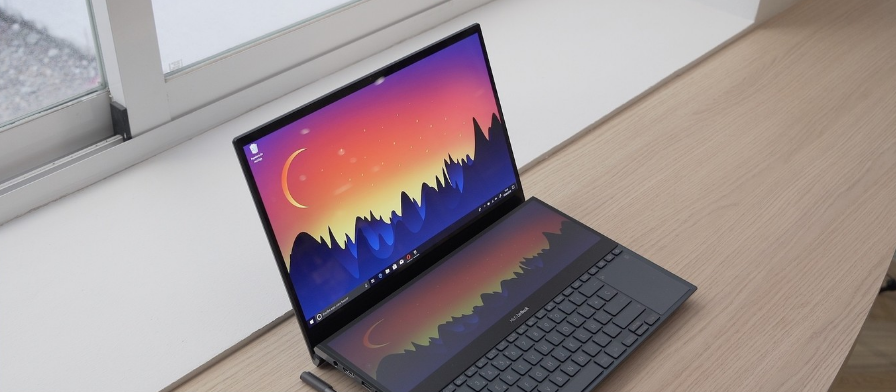
We are going to explain what OEM products are and what they are used for, thanks to which today you can buy all kinds of devices at a more contained price by helping to reduce production costs. It is a type of product that you will surely have used or will come within a device that you use, so they are in your day to day even if you do not understand what they are.
We are going to start by explaining to you what OEM companies and products are in general, trying to make it a simple explanation without technical terms so that they are understood. And then, we will also talk about the OEM software, which also exists and you will have used it more than once.
What are OEM companies and products?
OEM companies are those that are dedicated to producing products for others to use for their products. For example, you have OEM companies that are dedicated to creating technological components that other companies like Apple or Xiaomi buy to use in their products, such as screens, processors, or any other components.
OEM stands for Original Equipment Manufacturer, which means Original Equipment Manufacturer. Returning to the example of Apple or Xiaomi, they send designs of the components they need to OEM companies, which can be Samsung or TSMC, among others. They produce a product with the design that other companies have requested and send it back to them to use in their equipment or resell under their brand.
There are OEM companies that are dedicated to the manufacture of specific components, such as Samsung or LG for mobile screens. But when it comes to making their mobiles, for the rest of the components that they do not manufacture, they can resort to other OEMs that manufacture them for them.
Thanks to OEM companies we have cheaper technological products. Imagine that Apple or Samsung had to manufacture all their components and the chips that their devices carry. The economic effort and the investment necessary for this would be very large, which would make the final product more expensive. These companies can manufacture some of their components, such as processors or screens, but the normal thing is that they always turn to others for the rest.
There are OEM companies that you may not even know about because they don’t create final products, but simply make components so that others can reduce their production costs. These supplier companies, in fact, sometimes have a great diversity of production and create various types of products for others.
Companies that manufacture the complete product for another company, carrying out the entire process of manufacturing subcontracting, can also be called OEMs. These companies manufacture the products with the colors, designs, and logos of the companies under whose names they are going to be manufactured. It would be as if company X had made the phone that bears its name, but the phone has been made by OEM Y which has taken care of everything.
The existence of this last type of company is the reason why there are some little-known but different companies, and that sell devices such as mobiles with the same design, sometimes only changing the logo. The companies that make these devices can be called OEMs as we have said, although technically they would be assemblers of original products whose components have been sent to them by those that are OEMs.
In general, a manufacturer of technological products associates with several OEMs with an agreement whereby they will offer them a type of component at a better price in exchange for only buying it from them.
There is also OEM Software
So far we have only talked about companies that are dedicated to making OEM hardware, but others make OEM versions of software. You have an example at Microsoft, which in addition to making versions of Windows for end users, also has Windows OEM licenses for manufacturers to pre-install the operating system on their computers.
Usually, the OEM version of the software can only be obtained when you buy a piece of hardware. For example, a computer manufacturer not only partners with hardware OEMs to manufacture and assemble their device but also with software OEMs so that their product has everything it needs to be functional or to give users added value. with other pre-installed programs.
The case of Windows is very good for explaining this type of software since it reflects very well the differences with the so-called “retail” software, which is intended for the general public. When you buy a Windows computer, you generally shouldn’t be able to activate Windows on any other computer with its license, as the license is designed solely for the particular device it’s installed on.
Without leaving Windows, there are times when you will find licenses for sale at a very low price, and far from the more than one hundred euros that the original can cost. These are usually OEM licenses that are only going to be valid for one computer, and that the vendor has somehow managed to obtain in ways that are not always appropriate.

Sharlene Meriel is an avid gamer with a knack for technology. He has been writing about the latest technologies for the past 5 years. His contribution in technology journalism has been noteworthy. He is also a day trader with interest in the Forex market.









